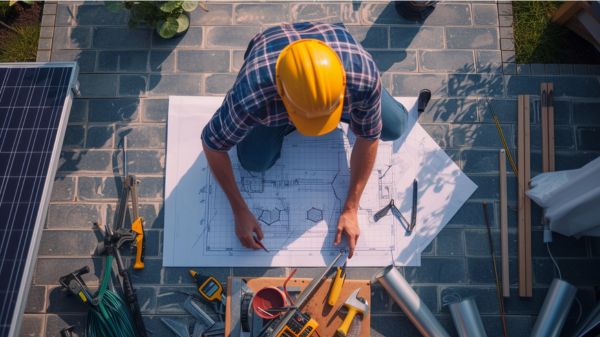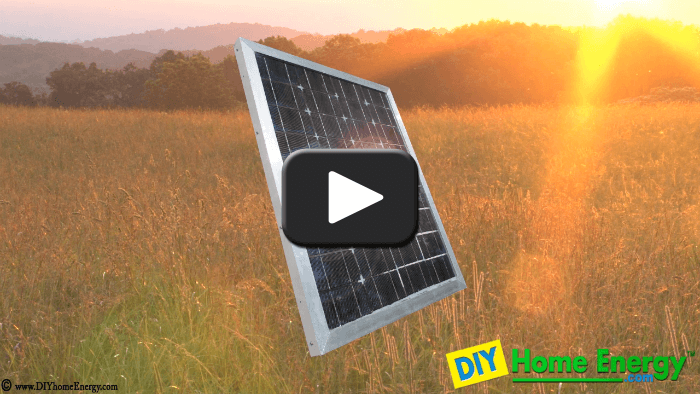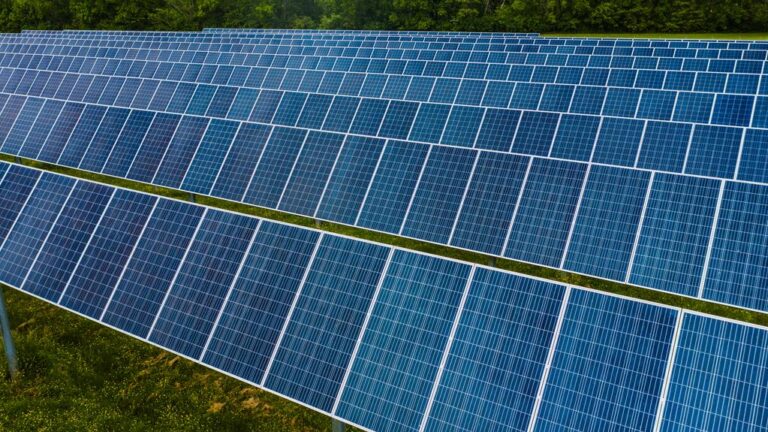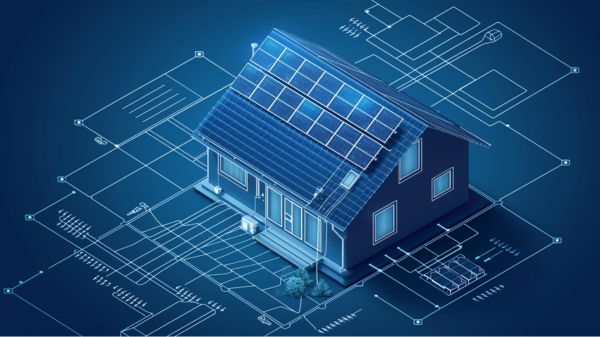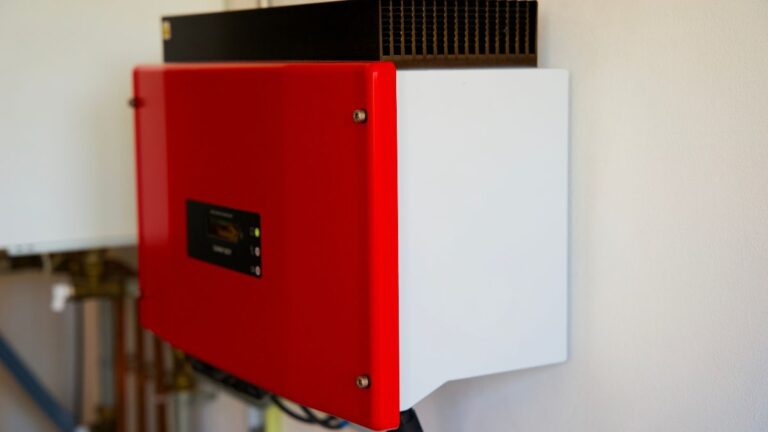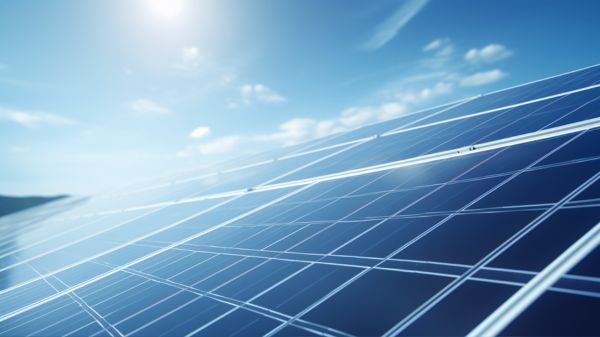Why Is Proper Planning Crucial for DIY Solar Power Systems?
Have you ever wondered why proper planning is crucial for DIY solar power systems? Well, the truth is that without proper planning, you may encounter various challenges that could hinder the success of your solar installation. From assessing your energy needs and budget to ensuring safety and compliance, the importance of planning cannot be overstated.
But that’s not all, by delving into the world of proper planning, you’ll also discover how it can help you design an efficient system, maximize your return on investment, and make your solar journey a smooth and rewarding experience.
So, let’s explore the significance of proper planning for DIY solar power systems together.
Key Takeaways
- Proper planning for DIY solar power systems is crucial to maximize cost savings and maintain control over the project timeline.
- It allows for the customization of the system to meet specific energy needs and helps avoid upfront costs associated with professional installation fees.
- Assessing available space, calculating energy needs, and evaluating solar resource potential are important steps in designing an efficient system.
- Ensuring safety and compliance with local regulations and permit processes is essential for DIY solar power systems.
Importance of Proper Planning
Proper planning is essential for DIY solar power systems as it allows you to maximize cost savings, maintain control over the project timeline, and customize the system to meet your specific needs.
When it comes to solar panel systems, DIY solar panel installations can save you a significant amount of money compared to hiring a professional. By planning your own DIY solar installation, you can avoid upfront costs associated with professional installation fees.
Additionally, proper planning ensures that you can design a system that is the right size for your energy needs, maximizing the benefits of renewable energy. Planning also allows you to take advantage of net metering, a system that allows you to sell excess energy back to the grid, further reducing your energy costs.
In summary, proper planning is crucial for DIY solar panel installation as it empowers you to save money, control the project timeline, and customize the system to fit your specific requirements.
Related Post: The 6 Best DIY Solar Power Kits for Homes: Our Top Picks for You.
Designing an Efficient System
To ensure the efficiency of your DIY solar power system, careful consideration must be given to the design process. Designing an efficient system involves several key steps.
- Firstly, assess the available space on your roof or property to determine the maximum number of solar panels that can be installed. This will help maximize the energy generation potential of your system.
- Secondly, calculate your household’s energy needs to determine the required system size and number of panels. This ensures that your DIY solar energy system can meet your electrical demands effectively.
- Additionally, evaluate the solar resource potential in your area to optimize the system’s efficiency. Researching local regulations, permits, and financial implications is also crucial for a comprehensive understanding of the project.
- Finally, design the solar panel layout, placement, and select appropriate equipment and components to ensure optimal performance.
By following these steps, you can design an efficient DIY solar power system that harnesses the power of the sun to generate clean and reliable energy for your home.
Related Post: 15 Best Books on Solar Energy: A Comprehensive Guide for Renewable Energy Enthusiasts.
Assessing Energy Needs and Budget
Assessing your household’s energy needs and budget is a crucial step in designing an efficient DIY solar power system. By carefully evaluating your energy needs and budget, you can ensure that your solar panel system is tailored to meet your specific requirements. To assist you in this process, consider the following factors:
| Factors to Consider | Description |
|---|---|
| Available Space | Assess the available space on your property to determine the maximum capacity of the solar panel system you can install. |
| Energy Needs | Determine your household’s energy needs to appropriately size the solar power system, ensuring it can meet your electricity demand. |
| Solar Resource Potential | Evaluate the solar resource potential in your area to understand the energy generation potential of your solar panel system. |
| Budget and Returns | Understand the financial implications and return on investment to make informed decisions about your budget for the solar system. |
Ensuring Safety and Compliance
Understanding and adhering to local building codes and regulations is imperative for ensuring the safety and compliance of your DIY solar power system installation. By following these regulations, you can avoid potential issues and ensure that your system operates efficiently and safely. Here are some key points to consider:
- Assessing and addressing potential risks: Properly evaluate the location and condition of your roof to prevent damage during installation. Additionally, address any electrical hazards to ensure the safety of your DIY solar power system.
- Seeking professional assistance: For complex installations and inspections, it is advisable to seek help from professional installers. Their expertise will help ensure that your DIY solar power system meets safety and compliance standards.
- Compliance with local requirements: Thoroughly research and understand the legal requirements and permit processes in your area. Adherence to local regulations is essential to avoid penalties and ensure the safety and compliance of your DIY solar power system.
Maximizing ROI With Proper Planning
Maximize your return on investment with proper planning for your DIY solar power system installation. By carefully considering various factors and making informed decisions, you can ensure that your solar panel system delivers the best financial benefits.
One aspect to consider is the solar tax credit, which allows you to deduct a portion of your solar installation costs from your federal taxes, reducing the overall cost of your DIY solar system. Additionally, choosing a grid-tied solar system can help you maximize ROI by allowing you to sell excess electricity back to the grid.
Another consideration is incorporating battery storage systems, which can help you store excess energy for use during peak demand periods, further reducing your reliance on the grid. By planning for these elements, DIY installers can achieve cost savings and long-term financial benefits compared to relying solely on professional solar companies.
| Key Considerations | Benefits |
|---|---|
| Solar tax credit | Reduces overall cost of DIY solar panels |
| Grid-tied solar systems | Enables selling excess electricity back to the grid |
| Battery storage systems | Reduces reliance on the grid during peak demand |
| DIY solar system | Provides cost savings compared to professional installations |
Conclusion
In conclusion, proper planning is the key to success when it comes to DIY solar power systems. By taking the time to assess your energy needs, evaluate your resources, and understand the regulations and permits required, you can design an efficient system that maximizes your return on investment.
Remember, “A well-planned solar power system is like a ray of sunshine, illuminating your path to energy independence.” So don’t skip the planning phase and enjoy the benefits of clean, renewable energy for years to come.
